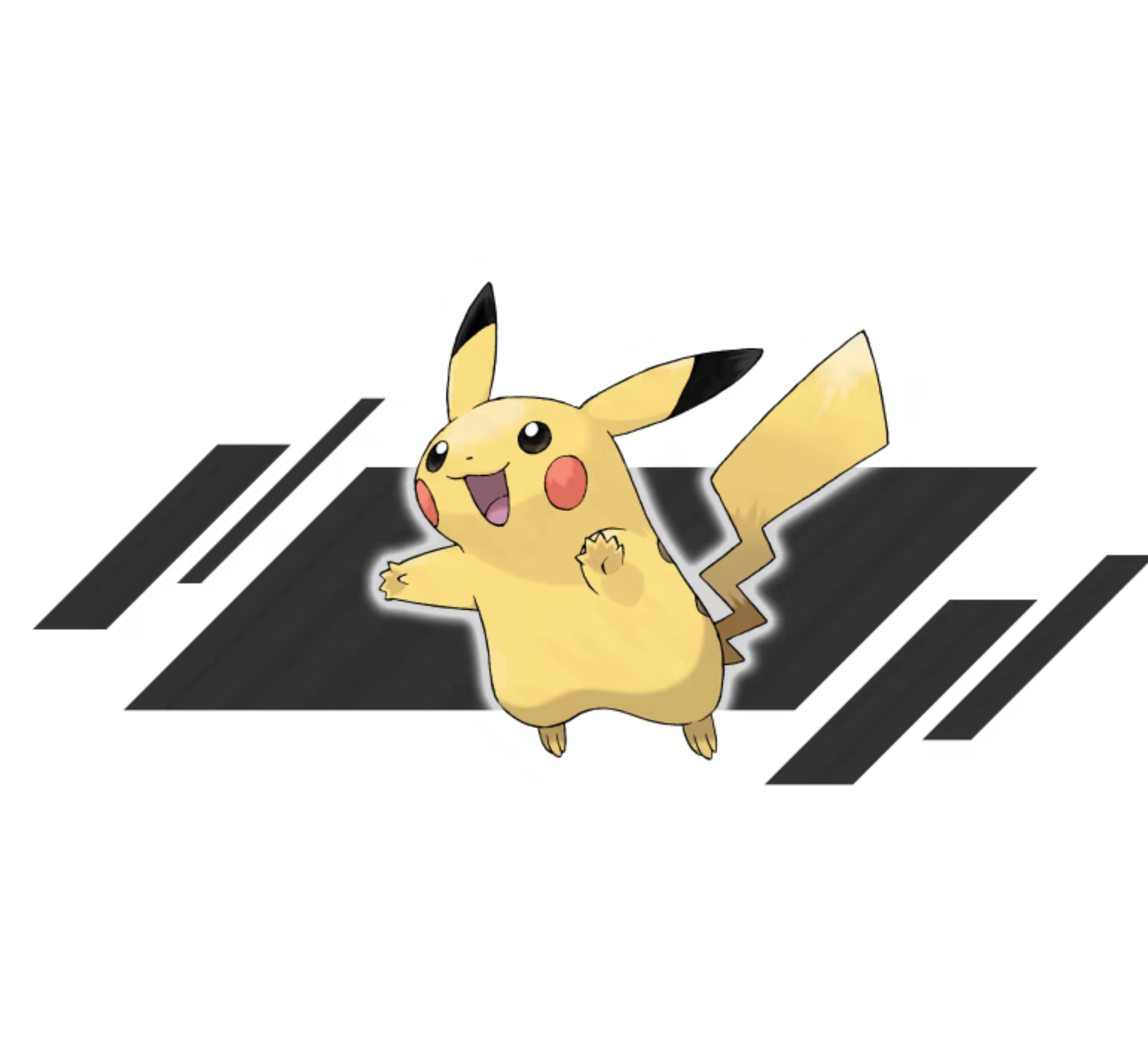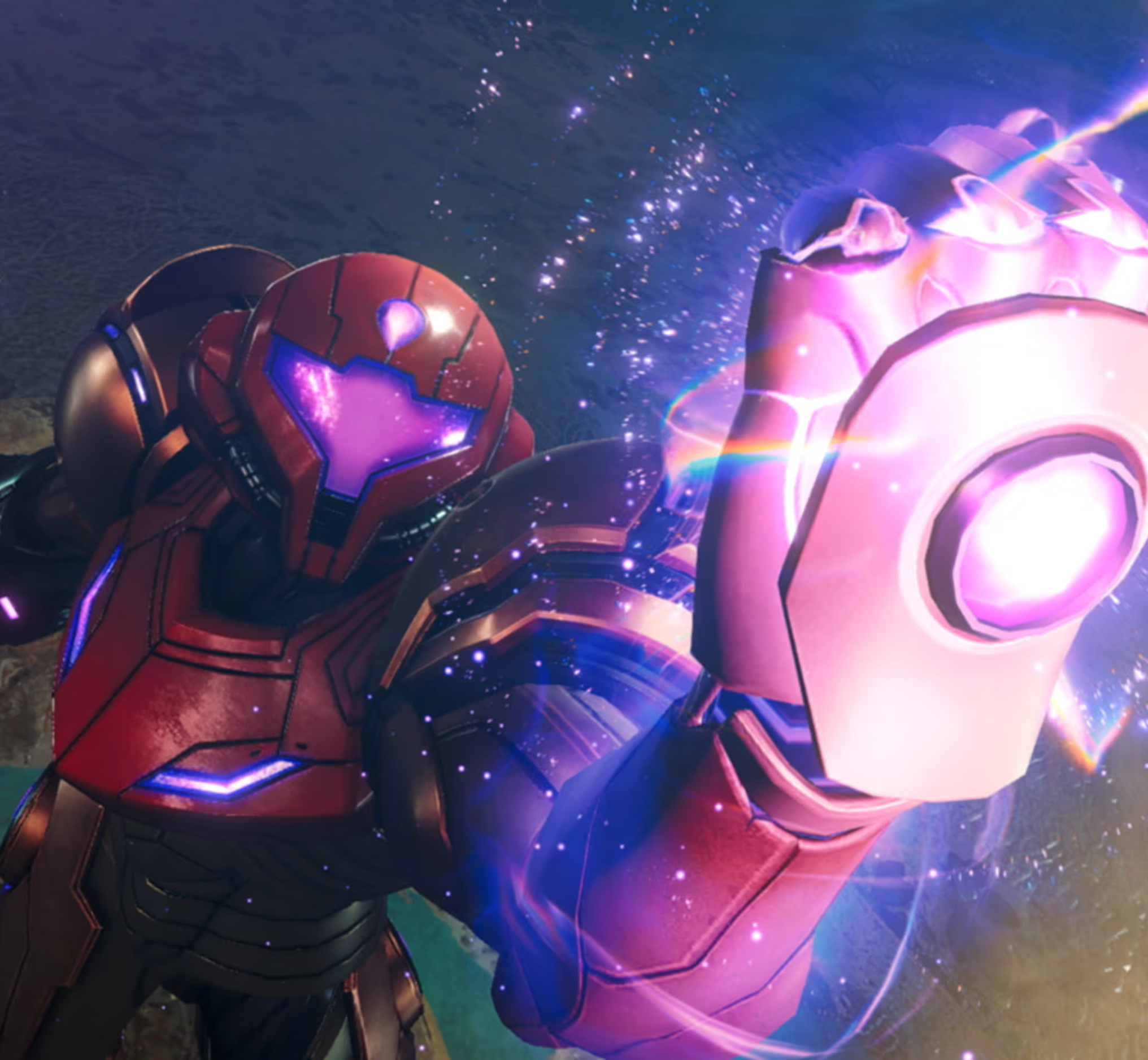In a bold legal and strategic move, Nintendo and The Pokémon Company have secured a wide-reaching U.S. patent that may significantly alter how companion-summoning mechanics are handled across the gaming industry. The patent covers systems where a player summons a character—typically using an in-game item—who then engages in combat or other tasks, even when no adversaries are immediately present.
This development extends beyond a standard console IP defense—it targets a fundamental mechanic increasingly common in creature-collection and fantasy action titles. The broad scope could affect games ranging from massive AAA ventures to nimble indie projects, especially those involving summoned allies or mountable companions.
Nintendo has already begun applying this new intellectual property to ongoing disputes. For instance, the studio behind the smash-hit survival game Palworld was forced to revise key in-game features after being sued on grounds of potential patent infringement. Previously, Palworld allowed players to throw “Pal Spheres,” summon creatures, and ride them mid-flight. Legal pressure now means such summoning must instead appear adjacent to the player, and gliding no longer involves gripping a living creature—rather, players must use a glider tool supplemented by passive buffs from nearby companions.
Despite pushing back and asserting the patent’s invalidity, the Palworld developer has made these changes to avoid further disruption in its game’s development and distribution. The stakes are high: Nintendo has obtained multiple U.S. patents covering both capture and summon mechanics, as well as transitioning between riding and gliding.
This strategic patenting not only reinforces Nintendo’s IP portfolio—it also serves as a warning to creators that mechanics once considered genre standards may now lie in legal gray zones. The sweeping language in the patent, especially about summoned characters and mounted companions, suggests that any game featuring deployable allies or rideable mounts could be at risk.
The implications are already being felt. Developers are now weighing the creative value of familiar mechanics against the potential legal exposure. Games in development using creature companions, whether through summoning, capturing devices, or dynamic mount systems, may need to rethink how these features are implemented—or risk drawing a lawsuit.
Even IP experts have weighed in, describing these patents as unusually broad and likely to be challenged. Some argue this approach stifles innovation, while others see it as a natural evolution in safeguarding key gameplay concepts.
As the landscape shifts, Nintendo’s sweeping patent may become a crucial blueprint—not just for how they secure their own gameplay mechanics, but for how the industry will adapt to avoid infringement. With more games embracing summoning and mounted traversal, the next wave of design trends might center on creative workarounds rather than familiar tropes.



